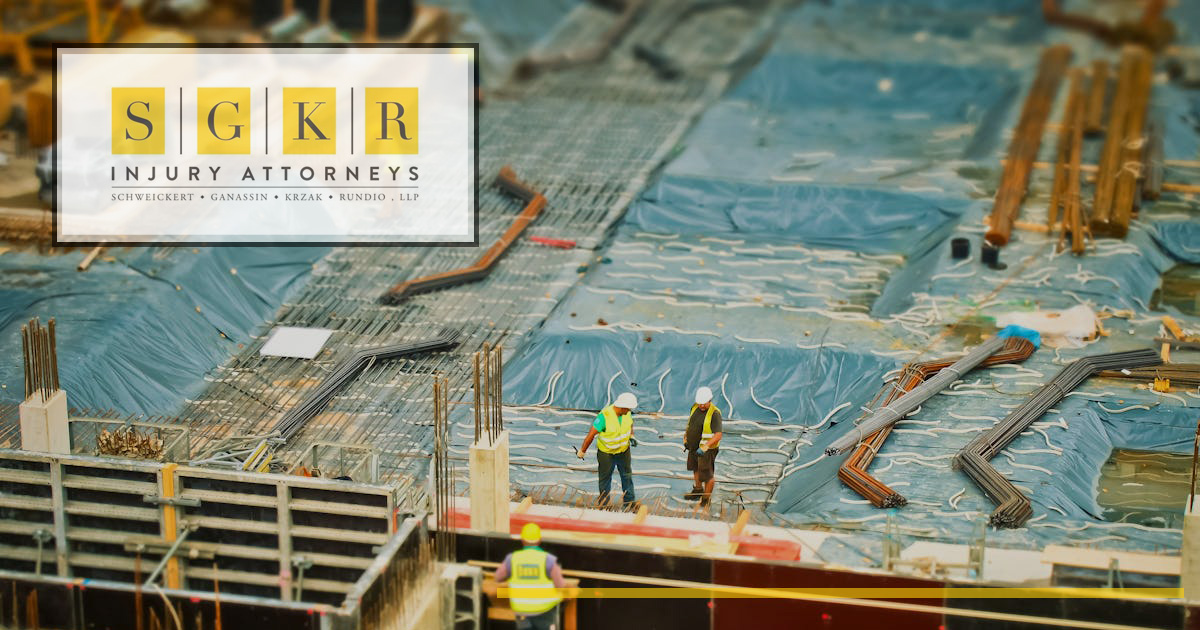What Industries Do Mesothelioma Patients Often Work In?
 Mesothelioma is a rare and aggressive type of cancer that’s caused by exposure to asbestos, a mineral widely used in various industries for decades.
Mesothelioma is a rare and aggressive type of cancer that’s caused by exposure to asbestos, a mineral widely used in various industries for decades.
Workers in certain fields faced prolonged exposure to asbestos fibers, often without knowledge of the risks. As a result, mesothelioma cases continue to emerge even years after exposure. Knowing which industries put workers at the highest risk can help affected individuals recognize potential sources of exposure. That can help them seek proper medical treatment. Identifying the source of the exposure can also help individuals seek legal support for a possible financial remedy.
Construction and Demolition
The construction industry has long been one of the most hazardous when it comes to asbestos exposure.
Asbestos was widely used in the building industry, typically in materials like insulation, roofing shingles, cement, floor tiles, and drywall. Workers involved in any type of demolition, remodeling, or renovation projects frequently disturb asbestos-containing materials, releasing the harmful microscopic fibers into the air.
Many construction workers inhaled or ingested these fibers before safety regulations were put in place, leading to long-term health consequences. Even today, older buildings undergoing renovation pose risks if asbestos is not properly contained and removed.
Shipbuilding and Naval Work
Shipyards were among the most significant users of asbestos for much of the 20th century.
Due to its heat-resistant properties, asbestos was a key component in ship insulation, engine rooms, pipes, and boiler systems. Naval and commercial shipbuilders, as well as sailors who worked aboard these vessels, often found themselves in confined spaces where asbestos dust was easily inhaled.
Many U.S. Navy veterans and civilian shipyard workers have been diagnosed with mesothelioma after years of service, highlighting the lasting impact of the harmful exposure in this industry.
Manufacturing and Industrial Work
Factories and industrial plants used asbestos in various capacities, making workers in these settings particularly vulnerable. Many manufacturing processes involved machinery that contained asbestos for heat resistance and insulation. Workers who handled raw asbestos materials or produced asbestos-containing products, such as gaskets, brakes, and fireproof textiles, were at risk of direct exposure.
Even those who worked in environments where asbestos was used in equipment insulation may have been exposed through airborne fibers.
Automotive Industry
Asbestos was commonly used in automotive parts, particularly in brake pads, clutches, and gaskets.
Mechanics and factory workers who manufactured or repaired these components often encountered asbestos dust, especially when grinding or replacing worn-out parts. Because brake and clutch work often generated fine asbestos particles, many auto workers unknowingly inhaled them over the years.
While modern vehicles have largely phased out asbestos-containing components, older models and aftermarket parts may still pose risks.
Firefighting
Firefighters have faced asbestos exposure due to the presence of asbestos-containing materials in burning buildings.
Asbestos was widely used in insulation, roofing, and fireproofing materials, making it a common hazard during firefighting operations. When buildings caught fire or collapsed, asbestos fibers became airborne, exposing first responders. Older protective gear also contained asbestos, further increasing exposure risks for firefighters who worked before modern safety standards were implemented.
Power Plants and Utilities
Employees working in power plants or for utility companies often encountered asbestos in materials used to insulate and protect pipes, turbines, boilers, and electrical systems. The high temperatures generated in these facilities made asbestos an attractive choice for preventing heat-related damage.
Employees responsible for maintenance, repair, and installation of equipment were at the greatest risk, as disturbing insulation often released asbestos fibers. Many former power plant workers have developed mesothelioma after years of exposure.
Oil Refineries and Chemical Plants
The oil and chemical industries relied on asbestos for its heat and chemical resistance.
Workers in refineries and chemical plants were frequently exposed to asbestos while handling insulation around machinery, pipes, and storage tanks. Routine maintenance work often disturbed these materials, releasing hazardous fibers into the air.
In some cases, workers unknowingly carried asbestos dust home on their clothing, putting their families at risk of secondary exposure.
Railroad and Locomotive Work
Railroad workers encountered asbestos in various parts of locomotives, including brake pads, insulation, and engine components. Many older trains relied on asbestos materials to protect equipment from the extremely high temperatures caused by engines and braking systems.
Workers who repaired or maintained locomotives often inhaled airborne fibers, increasing their risk of developing mesothelioma later in life. Even today, retired railroad employees continue to be diagnosed with asbestos-related diseases.
Seeking Legal and Medical Help
The harmful effects of exposure to asbestos have been known since the 1970s and the Environmental Protection Agency (EPA) has put bans on the substance since 1989. Workers who are diagnosed with mesothelioma may be entitled to financial compensation for expenses, lost wages, and suffering caused by the negligence of employers who failed to warn them about asbestos risks.
Many companies knowingly used asbestos without providing adequate protection, leaving workers vulnerable to serious long-term health risks. Taking legal action can help you cover the damages you’ve suffered that are associated with the disease.
Early medical intervention is crucial for the survival of these patients. That is why understanding which industries often exposed workers to asbestos is so vital. Even though asbestos regulations have improved, the long latency period of the disease means new cases still continue to emerge.
At Schweickert Ganassin Krzak Rundio, LLP, we understand the devastating impact that a mesothelioma diagnosis can have on a family. We have helped many clients find a remedy to help compensate them for the enormous financial losses and emotional toll this illness can take on them.
If you or a loved one has been diagnosed with mesothelioma, we can help trace the source and hold the appropriate companies accountable. Our experienced, compassionate attorneys are here to help you seek justice and a fair compensation.








